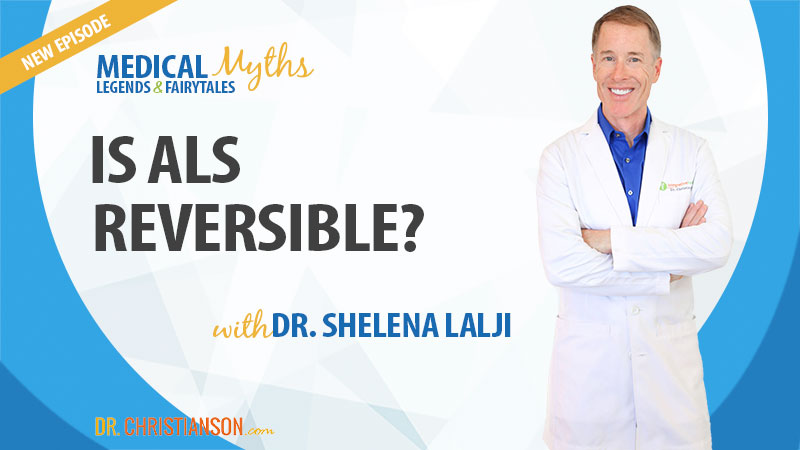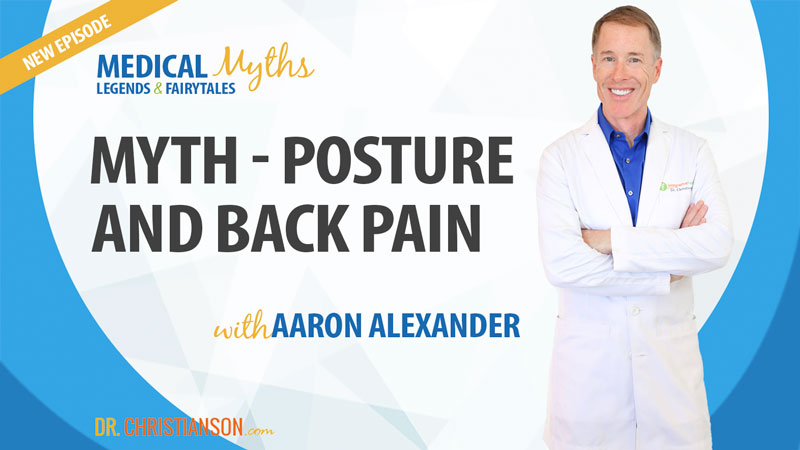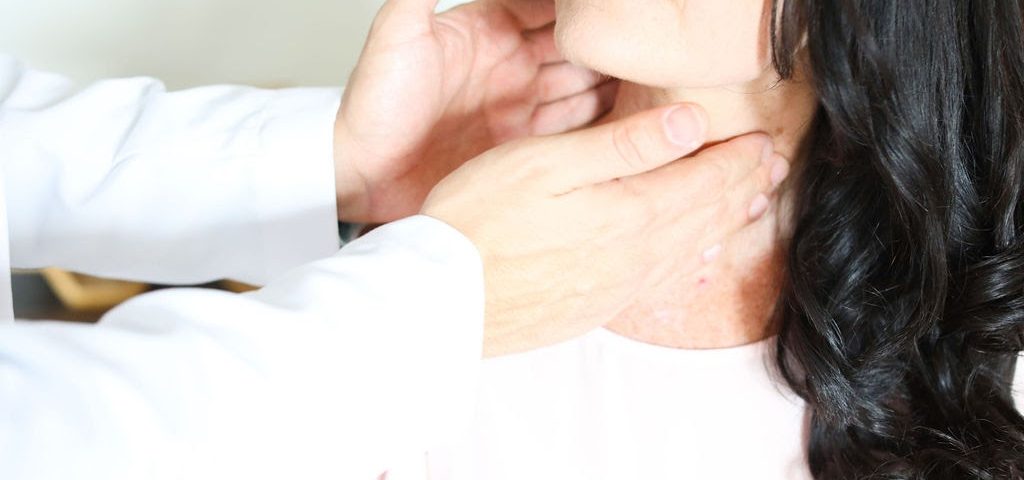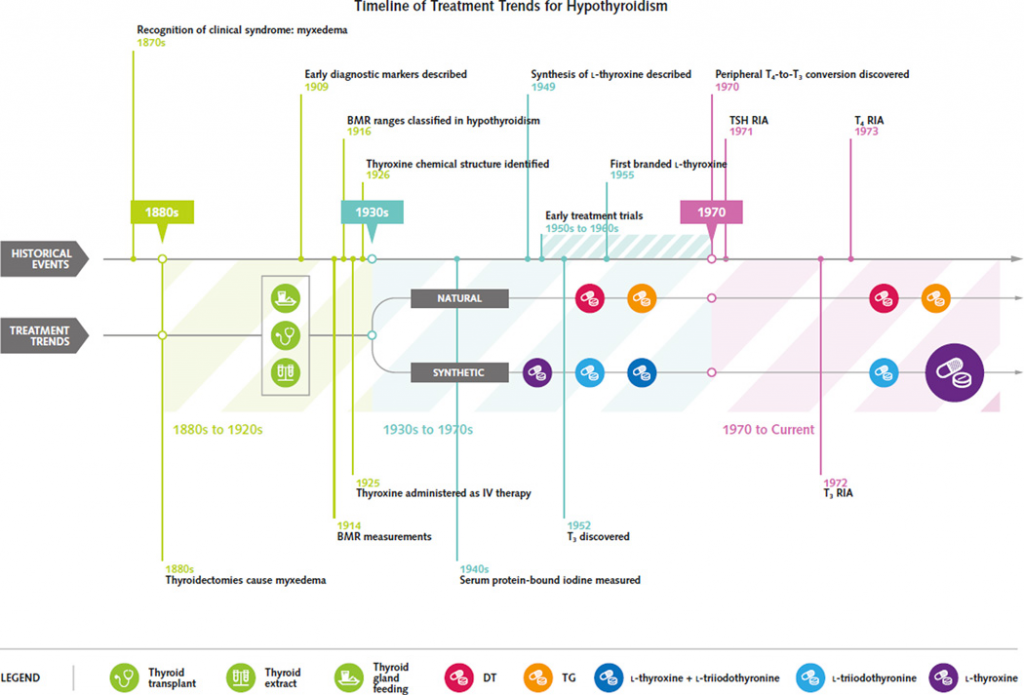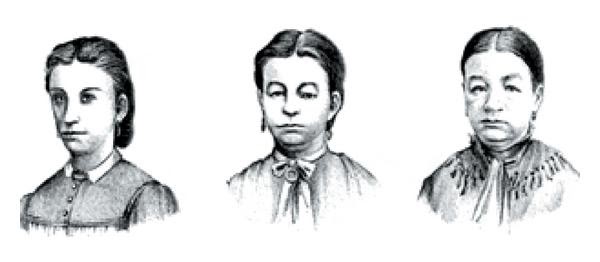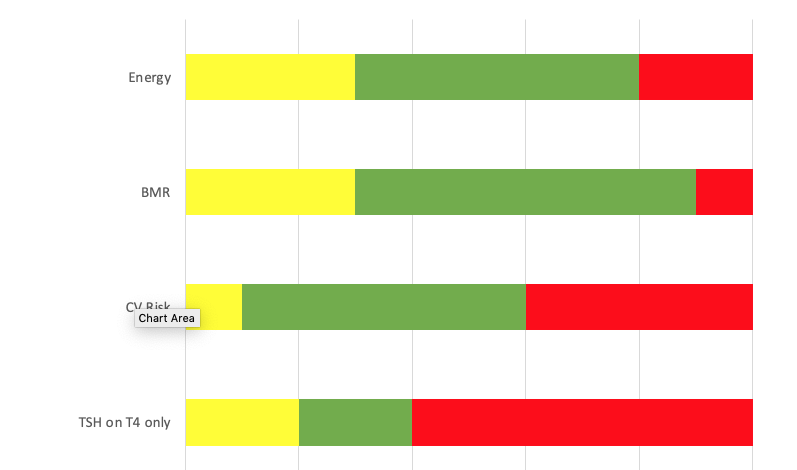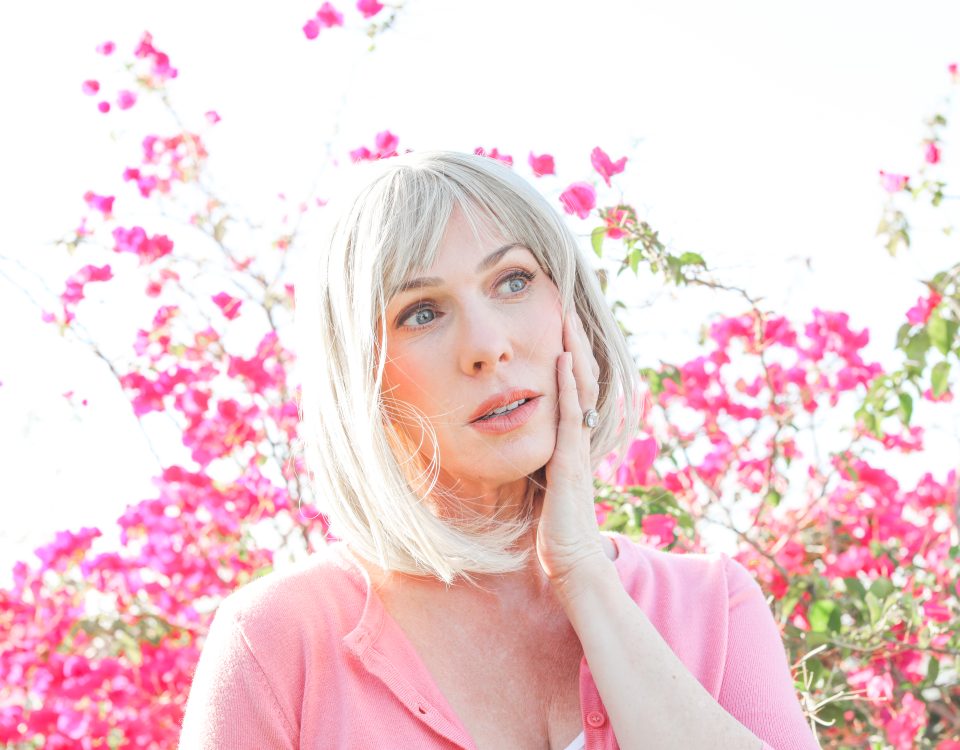In order to have people feel well, and at their best, it takes a more exacting approach. This also includes secondary factors that could affect their symptoms, as well.
Because of that, some contrarian views began emerging, this included:
- 1976 – Hypothyroidism / Riddle of Heart Attack – Broda Barnes
- 1984 – Broda Barnes Foundation opened
- 1996 – Wilson’s Temperature Syndrome: A Reversible Low Temperature Problem
- 2000 – Living Well With Hypothyroidism – Mary Shomon
- 2008 – Stop the Thyroid Madness – Janie Bowthorpe
- 2009 – Why do I Still Have Thyroid Symptoms? Datis Kharrazian
In this time, there was a truly palpable sense of patient suffering and dissatisfaction. People were treated, and they weren’t dying of heart disease, but they weren’t getting better.
Within the next few years, around 2010, the internet and social media made the plight of those with thyroid disease truly undeniable. Patients got better connected and learned that they were part of an underserved population when it came to their wellbeing.
In 2018, the American Thyroid Association (ATA) surveyed their followers and found that the results of how people felt about their thyroid treatment was incredibly poor.
However, during this time, those who were on natural thyroid or had access to doctors focusing more specifically on an exact dosage had higher levels of satisfaction.
A Brief Synopsis
There have been many versions of natural thyroid that have been used. Now, though, we use natural desiccated thyroid (NDT), but there was also thyroglobulin and extracts used.
Right now, the main emphasis is using TSH for diagnosis and T4 only for treatment. That said, that is only where we are currently at and doesn’t necessarily encompass our next stage.


